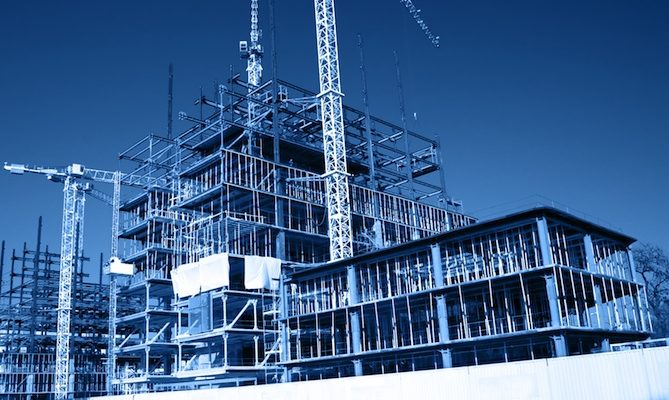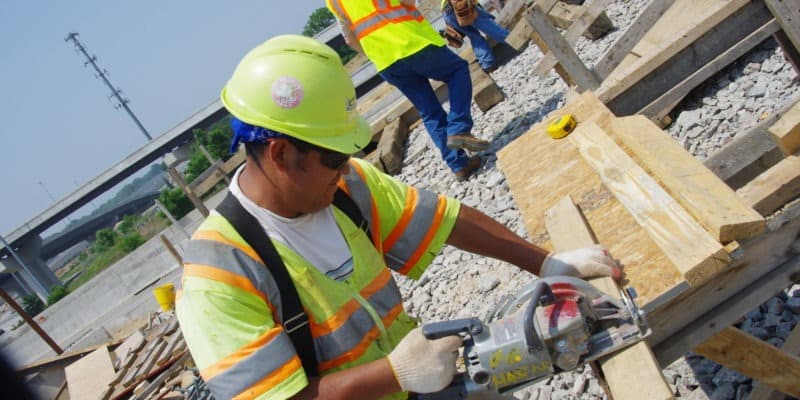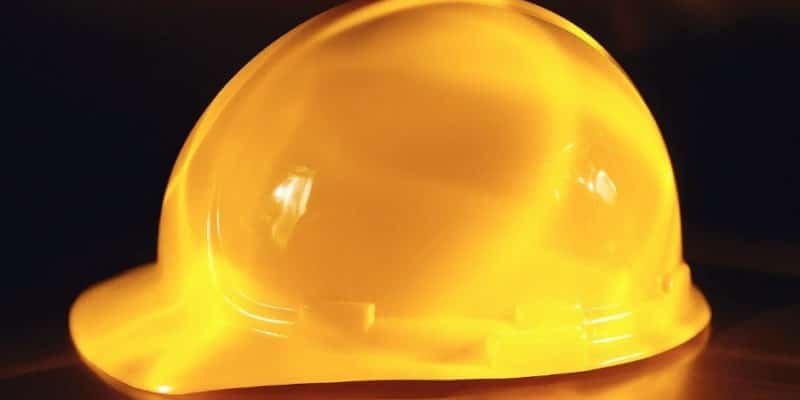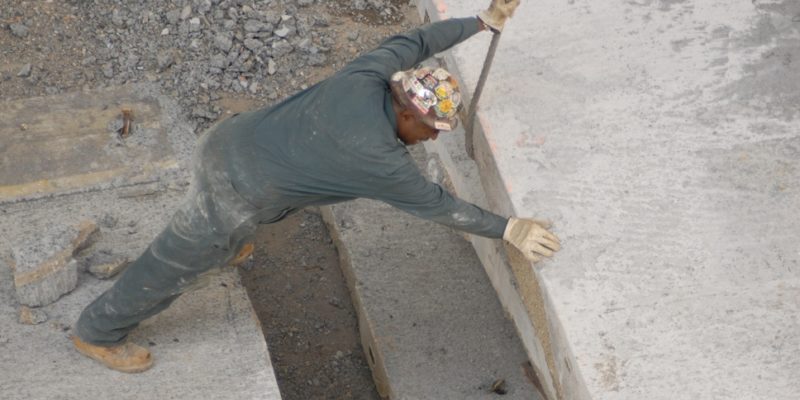NOAH SMITH Bloomberg Opinion
Jul 26, 2019
High construction costs pose a major threat to the U.S. economy. Not only are highways and transit systems irreplaceable for most Americans, they enable the free movement of people and goods within and between cities – the glue that holds together networks of domestic production.
Without smooth roads, solid bridges and well-functioning trains, supply chains break down, people can’t get to work and the whole economy gets gummed up. In the short term, the government can spend more, throwing money at the problem to keep infrastructure intact. But in the long run, high costs will make this option ever-less tenable. Eventually, local and state governments, and even the federal government, will balk at the price tag and simply let infrastructure fall into further decay.
The Bureau of Labor Statistics finds that productivity in the construction of infrastructure like highways, streets and bridges has fallen in recent years. Others find the situation even more dire. Economist Leah Brooks and law professor Zachary Liscow find that, between 1960 and 1980, the inflation-adjusted cost of building one mile of highway tripled in the United States. Rail systems are also expensive to build, especially when compared with other advanced countries.
Unfortunately, the cause of these high construction costs is a mystery. Many people, when confronted with the question, quickly reply that strong unions or the Davis-Bacon Act – which stipulates the wages federal contractors must be paid – are to blame. But the people who give this answer are incorrect. First of all, construction salaries simply aren’t particularly high.
France and other countries that build infrastructure much more cheaply than the United States are even more heavily unionized or covered by collective-bargaining agreements. Brooks and Liscow examine a number of different data sources and conclude labor prices in highway construction simply aren’t responsible for increased costs. Compensation has remained roughly constant in real terms, even as overall costs have exploded. They also find the cost of materials hasn’t gone up significantly.
Another usual suspect: land-acquisition costs. Unlike China, which kicks hapless peasants off their land whenever it wants to build a new megaproject, the United States’ constitutional system forces government to acquire land from private owners (though it can use eminent domain to limit the cost of acquisition and compel a sale). But Brooks and Liscow find that land costs are a relatively minor piece of highway construction costs, and that this share has not increased over time. Changes in eminent domain law also don’t seem to raise costs much. Nor, they find, do increases in planning costs explain much of the trend.
So if high U.S. costs aren’t due to expensive labor, land, materials or planning, what explains the enormous expense of building roads and trains? With the easy answers ruled out, the economic detectives investigating the cost mystery are looking at subtler factors.










